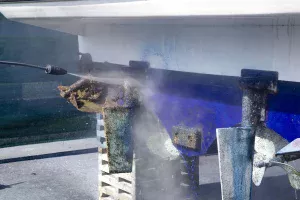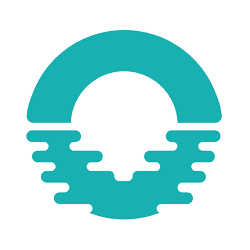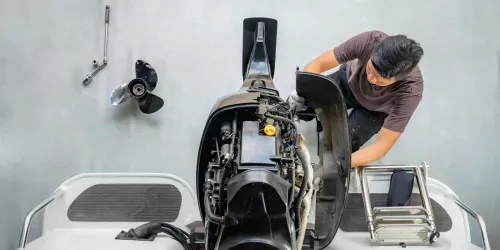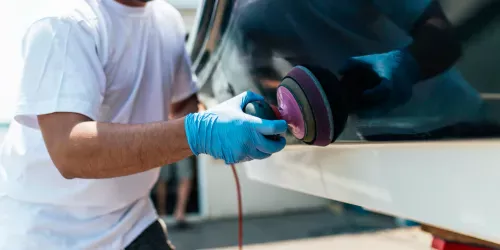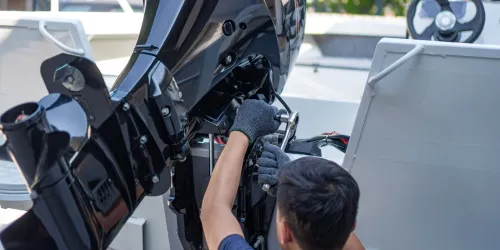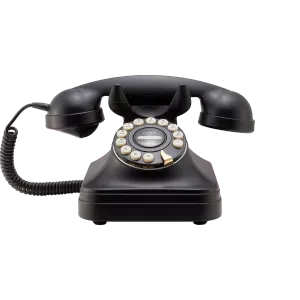The inboard motor is a category of motor thatis located inside the hull of your boat. It is generally more difficult to maintain than an outboard motor, and noisier.
Nevertheless, it is still highly recommended for medium-speed boats with consistent sailing times. In fact, its center of gravity is optimized against pitching and therefore allows good maneuverability.
It is necessary to service your inboard motor before the start of summer or before winterization.
However, before winterizing your vessel, it is IMPERATIVE to follow certain rules such as...
Finally, although inboard engine maintenance is said to be more burdensome, Boatngo eases the work for you by delivering the 10 steps to follow for proper maintenance of it.
General study
Before you begin, it is important to do a general survey of the engine. Check the most important components for leaks around the engine and bilge.
Take the time to observe the condition of your belt and make sure there is no rust.
Then move on to the electrical part by checking the battery to prevent corrosion and the condition of your electrical system, focusing on the clutch and motor feet to prevent cracks or corrosion.
Use of additives
Add additives to stabilize the performance of your vessel.
In fact, additives preserve the fuel from various bacteria or dirt and keep it clean. They extend its longevity.
As for the dosage, just follow the instructions and respect the recommendations.
Engine test
Start the engine and let it run for a few tens of minutes without forgetting to leave the hull valve open and the main switch on.
On the one hand, the additive will flow well into the engine, and on the other hand, you will be able to perform an analysis while the engine is running, to detect any problems. For example, are there any abnormal noises, or leaks ?
Before turning off the engine, check by touch that the propeller cover is cool because if it is not, it means there is a problem with the cooling system.
Replacement of the particle filter
Its purpose is to filter out various small residues :
- Place rags under the filter to prevent leakage.
- Gently remove the filter.
- Clean the sealing surface.
- Moisten the sealing ring.
- Attach the new filter.
Purge of the particle filter
When you change the particle filter, air enters the system. It is therefore necessary to evacuate it :
- Loosen the bleed screw without removing it.
- Move the fuel supply palm until bubbles come out at the screw.
- Continue the movement until the bubbles stop and clean the remaining bubbles.
- Tighten the bleed screw.
Changing the engine oil and oil filter
This is a process that must be done every year :
- Remove the oil dipstick.
- Pump oil through the dipstick hole.
- Gently remove the oil filter.
- Clean the sealing surface.
- Moisten the sealing ring.
- Attach the new filter.
- Pour in the new oil.
- Replace the dipstick and check the oil level.
Replacing the transmission oil
It is also a process to be done every year :
- Remove the oil dipstick.
- Pump oil through the dipstick hole.
- Pour in the new oil.
- Replace the dipstick and check the oil level.
Examination of the timing belt
It is IMPERATIVE to check the condition of the timing belt in order to prevent its breakage or dislocation in the event of an incorrect tension adjustment. To replace it or simply adjust its tension, simply play with the alternator mounting screw, which you will tighten or loosen to make your manipulation.
There are two fairly simple ways to spot abnormal tension : when it occurs, you usually hear abnormal noises, and when you press the longest line, you either move it too much (the line is not very taut) or not at all (it is too taut).
Washing of the sea water filter
It is possible that there is residue in the seawater filter. In this case, proceed as follows :
- Loosen the cover.
- Remove the sieve.
- Clean the sieve.
- Clean the housing.
- Replace the sieve.
- Retighten the cover.
Final examination
Once you have finished all your operations, it is necessary to do a final check-up of your boat : start the engine and let it run for about twenty minutes, while checking all the components you have just repaired, cleaned or replaced. You will be able, afterwards, to turn off the engine and check the oil dipstick of the engine and the transmission.
What you need to remember !
In short, keep in mind that an inboard motor is a more complex part to maintain than an outboard motor. However, it's easy to learn how to do it right with a modicum of willingness and attention.


